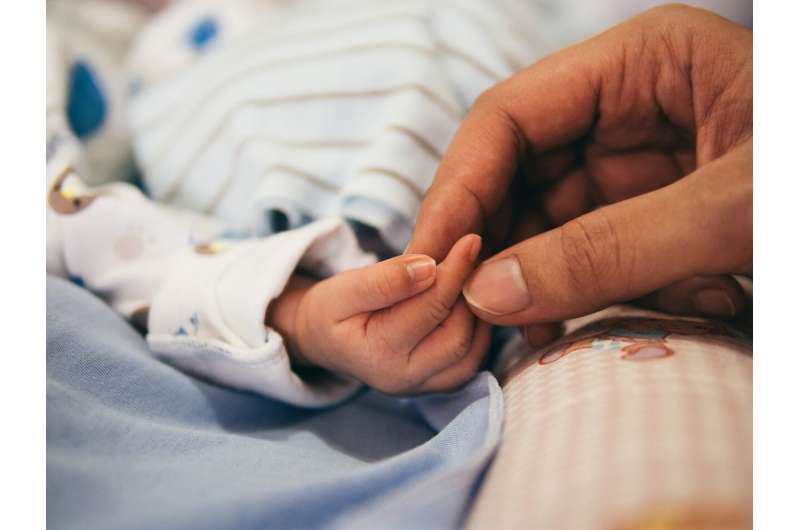
Brief resolved unexplained events (BRUEs) are episodes marked by concerning changes in breathing, consciousness, muscle tone, and skin color (cyanosis or paleness). They tend to occur in previously healthy infants and send worried parents racing to the emergency department. However, researchers know little about the risk of persistent symptoms after BRUE hospitalizations.
To learn more, Daniel Duncan, MD, MPH, and his colleagues in Boston Children’s Aerodigestive Center conducted the first prospective longitudinal cohort study of infants hospitalized with BRUEs. They assessed 124 infants who were hospitalized at Boston Children’s after a diagnosis of BRUE and followed up with their parents or caregivers after two months.
The team found that 86% of the babies still had symptoms after they were discharged: 65% had persistent choking episodes and 12% had recurrent BRUE spells. Overall, 15% returned to the hospital for related symptoms. Understandably, these ongoing symptoms led to high anxiety in about a third of the infants’ parents and caregivers.
Little benefit from GERD diagnosis
Although gastroesophageal reflux disease (GERD) is frequently implicated in BRUEs, research suggests that oropharyngeal dysphagia with aspiration may also play a role. In the current study, Duncan and his colleagues also found that providing a diagnosis of GERD didn’t result in decreased caregiver anxiety. What’s more, patients treated with acid-suppressing medication didn’t experience symptomatic improvement—and actually had higher rates of persistent symptoms.
However, infants given thickened liquids did see an improvement in symptoms, suggesting that underrecognized swallowing dysfunction might play a role in persistent symptoms after BRUE, and treating oropharyngeal dysphagia with thickening may work for some patients.
Source: Read Full Article
